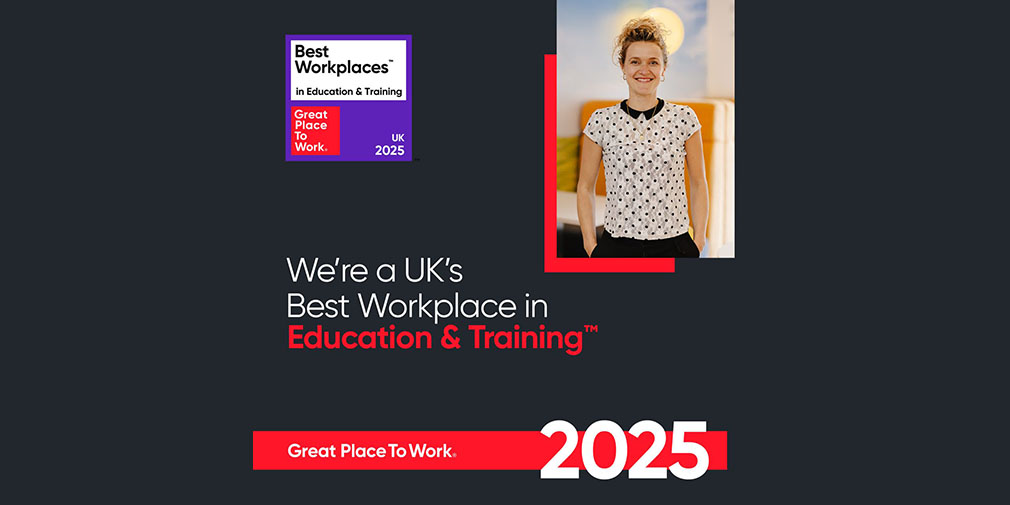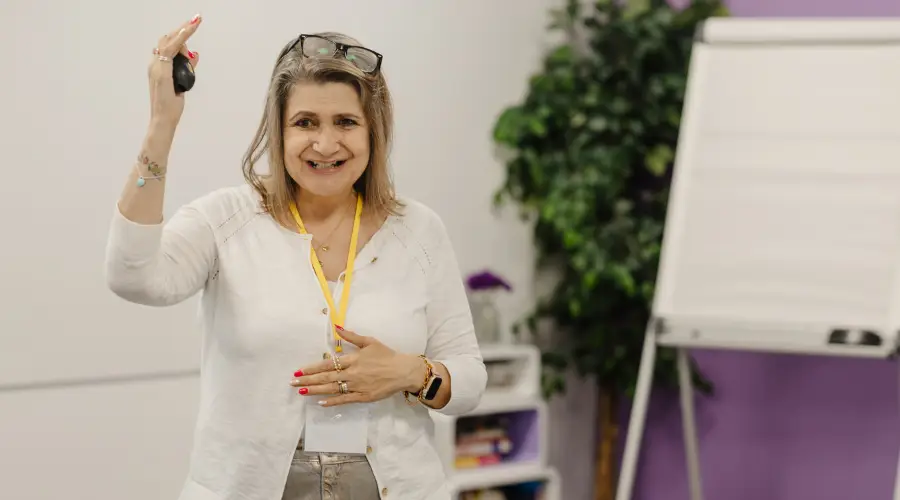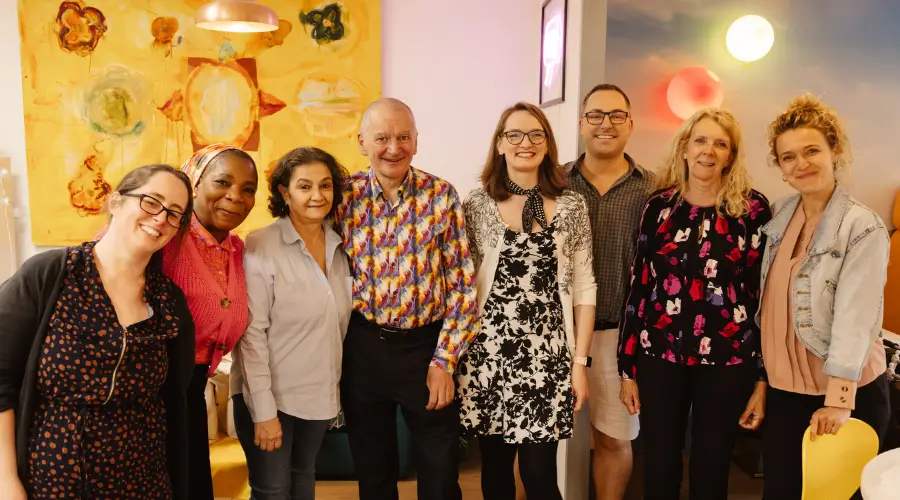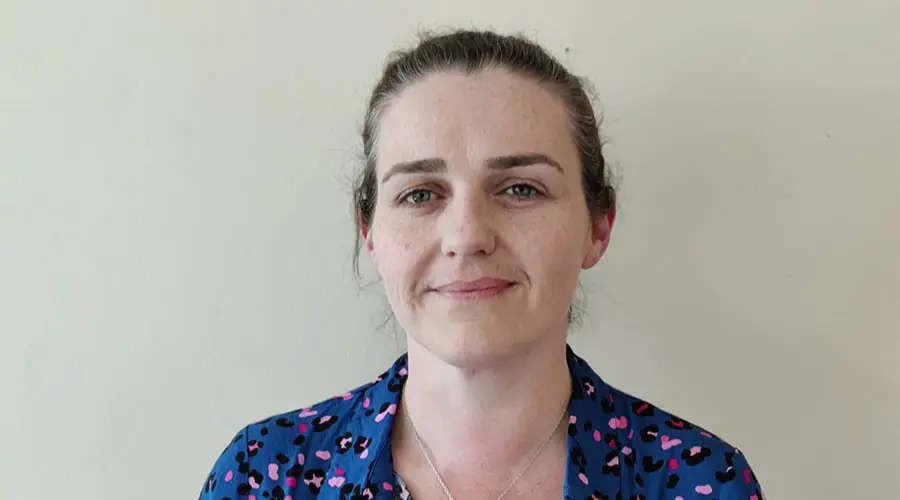The first few years were OK, we were growing, but we kind of had this explicit strategy to not talk about it. Everyone would just get it, wouldn’t they? The culture would do the work and everyone would just understand how to work without managers. Fast forward three more years, we got to 2016 and everyone was feeling the pain. We probably had about 50, 55 people by this point. People were really struggling. People didn’t know how decisions got made and that meant that more decisions than ever were going up to the three directors of the business. So we ended up being more hierarchical and more of a bottleneck than ever before.
We then had our worst staff survey results that we’d ever had. They weren’t terrible, but for us they were pretty terrible. That really gave us the permission to start working consciously and deliberately on, ‘if it’s not hierarchy, what is it?’ And we realised if you don’t have the scaffolding of hierarchy, you still need scaffolding, you still need to design that structure and process.
So this is our organisational chart. This is the best way that we’ve come up with for representing how it works at Mayden, how we’re organised. So across the top we have our autonomous self-managing teams. So each team will have an embedded coach. Some of these are agile software teams so they will have a scrum master. Other teams work in a different way, but they will still have a team coach. The team coach is not the line manager, they are not the decision maker, they are not the supervisor. They are literally there to coach the team and make sure that it’s functioning effectively and functioning well with other teams.
Then across the bottom we have a series of cross-cutting groups. So a couple of years ago we decided to disband our executive management team and our operational management group because they were inherently hierarchical. In their place we put these functional groups. So the strategy group for example has got a mix of people from across the teams who are our best strategic thinkers, and it includes one of our receptionists.
Then we also spin up and spin down a whole load of Task and Finish groups. If something needs doing in the business, even around how we’re working as a business, then we’ll spin up one of these Task and Finish groups.
And this is me. So the Director’s team is just another team alongside all the other teams. We have our own work to get on with. In fact, in terms of the role of the Director, we’ve had to give this a lot of thought and it really boils down to these three things.
The first is to set the direction. We’ve talked about clarity of purpose today and that is our role as Directors. Now, clearly, in a really flat organisation we will only do that having heard all the voices within the company, done the analysis, taken external advice as well. But at some point someone needs to decide which direction we’re going in and that’s the Director’s role.
Then our role is to assure ourselves that that direction is being pursued and is actually being realised in the way that we imagined.
Then finally, and mostly, it’s to get out of the way, because as these sailing boats show, if you get in the way of someone’s wind they’re going to die; it’s going to take the wind out of their sails. So if you do that you might find yourself having to generate an awful lot of wind to get them going again. (And I’ve just realised how rude that sounds!)





















